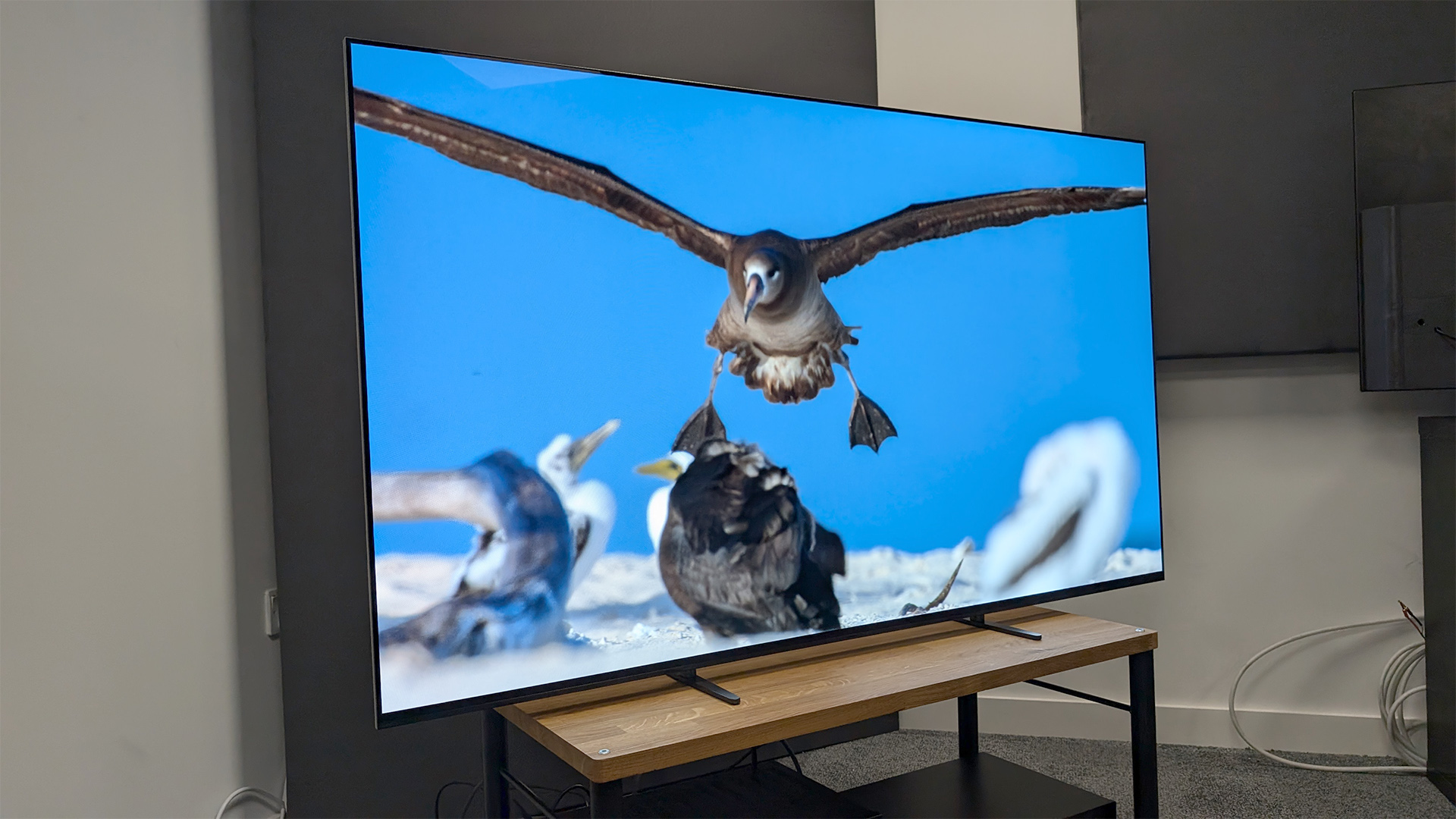
Screen size: 65in (also available in 55in and 77in)
HDR formats: HDR10, HLG and Dolby Vision
HDMI Inputs: 4 x (2 x 48Gbps HDMI 2.1)
ARC/eARC: eARC
Dimensions (hwd, without stand): 83 x 144 x 3.7 cm
The Bravia 8 isn't a huge step on from the A80L, but any improvement still makes it an awesome TV. The picture is brighter, the sound excellent and it packs all the features you would expect of a top TV – though serious gamers will be better served elsewhere...
For
- Balanced, immersive picture
- Great motion handling
- Good audio by TV standards
Against
- Not a huge upgrade on last year’s model
- Good, not great upscaling
- Only two HDMI 2.1 inputs
Screen size: 75in (also available in 65in and 85in)
HDR formats: HLG, HDR10, Dolby Vision HDR
HDMI inputs: x 4 (2 x 48Gbps HDMI 2.1)
ARC/eARC: eARC
Dimensions (hwd, without stand): 96 x 167 x 4.8cm
The Bravia 9 is big, feature-packed, and very, very bright. It sounds fantastic, with Sony cleverly getting round the fact it can't use its OLED sound system on a Mini LED. It's just a shame the picture quality is plagued by a couple of annoying niggles – it feels as though they should be easily fixable, so come on Sony!
For
- Dazzling brightness and highlights
- Impressive height effects from built-in speakers
- Excellent local dimming on dark backgrounds
Against
- Buggy and compromised picture on some content
- Sound could be weightier
- User interface can be sluggish at times
It has been a good couple of years for Sony's TVs. Its step-down A80L OLED TV picked up Product of the Year at the 2023 What Hi-Fi? Awards, and its follow-up, the Bravia 8, has won a 2024 Award for the 'Best 55in and larger TV' category.
But what's this? Sony's latest flagship TV, the Bravia 9, eschews the OLED panel tech of the A80L and Bravia 8 in favour of Mini LED. Sony claims this backlit tech gets closer to the movie creator's original vision; but it's a gamble, no doubt about it.
How does it compare with the Bravia 8? And which TV would be better for you? Let's find out.
Sony Bravia 8 vs Bravia 9: price
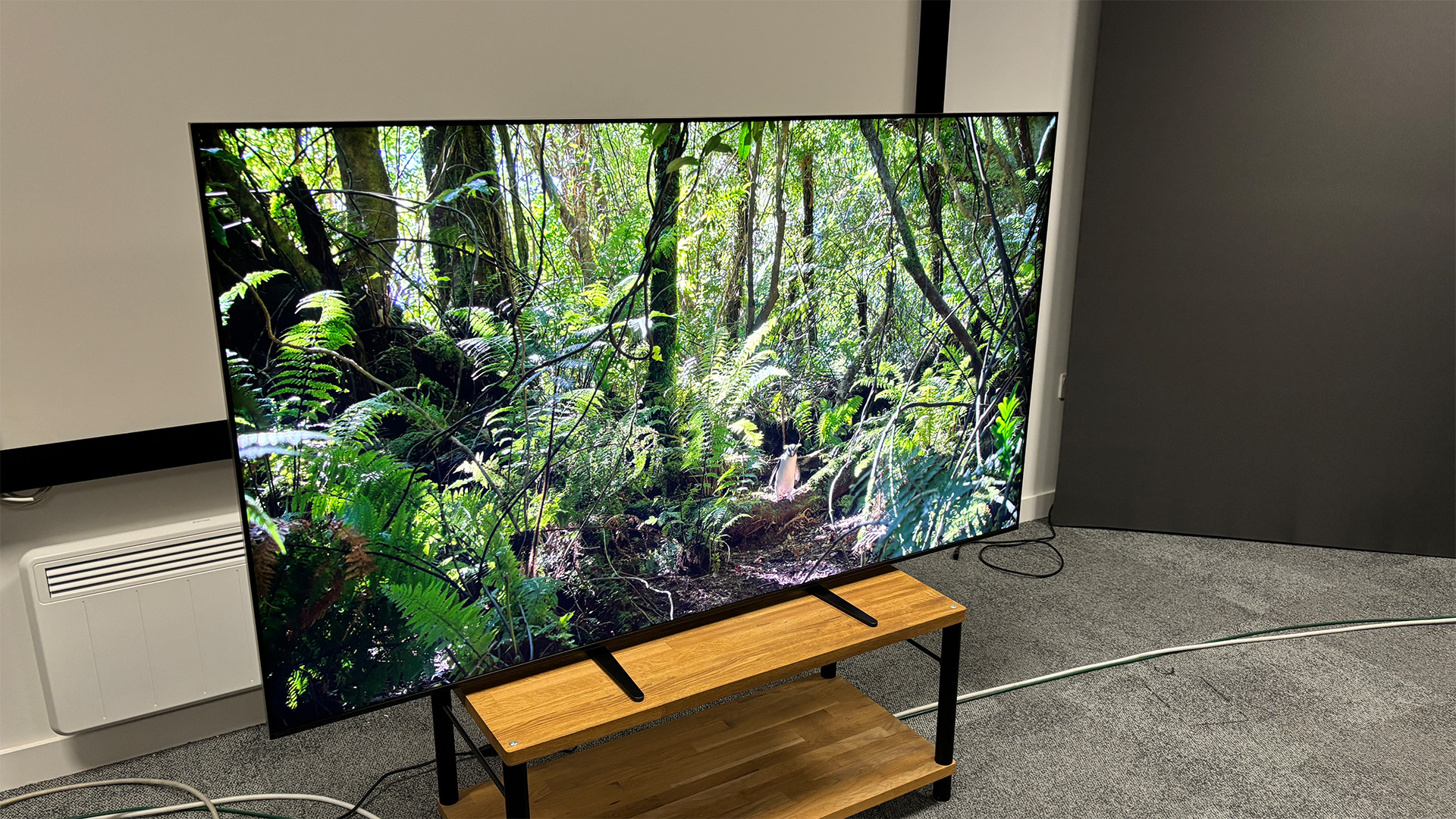
Initially, the Bravia 9 launched at only 75- and 85-inch models in the UK and Australia, with just the US getting the more reasonably sized 65-inch model. But now Sony has seen sense, and is bringing the 65-inch model to the UK from November.
That's the only model that is the exact same size as the Bravia 8; being the flagship, it is more expensive (except in Australia), costing £2999 / $3299 / AU$2295 to the Bravia 8's £2699 / $2800 / AU$4495. The Bravia 9 also comes in 75- and 85-inch variants, costing £3499 / $4000 / AU$6995 and £4299 / $5500 / AU$7995 respectively.
The Bravia 8 comes in more modest sizes. The 55-inch Bravia 8 retails for £2199 / $2000 / AU$3495 and the largest 77-inch for £3999 / $3900 / AU$6995.
As ever, there are deals to be had; but seeing as these TVs are newer, discounts aren't as common or as big as with LG's C4 or G4.
** Winner: Sony Bravia 8 **
Sony Bravia 8 vs Bravia 9: design
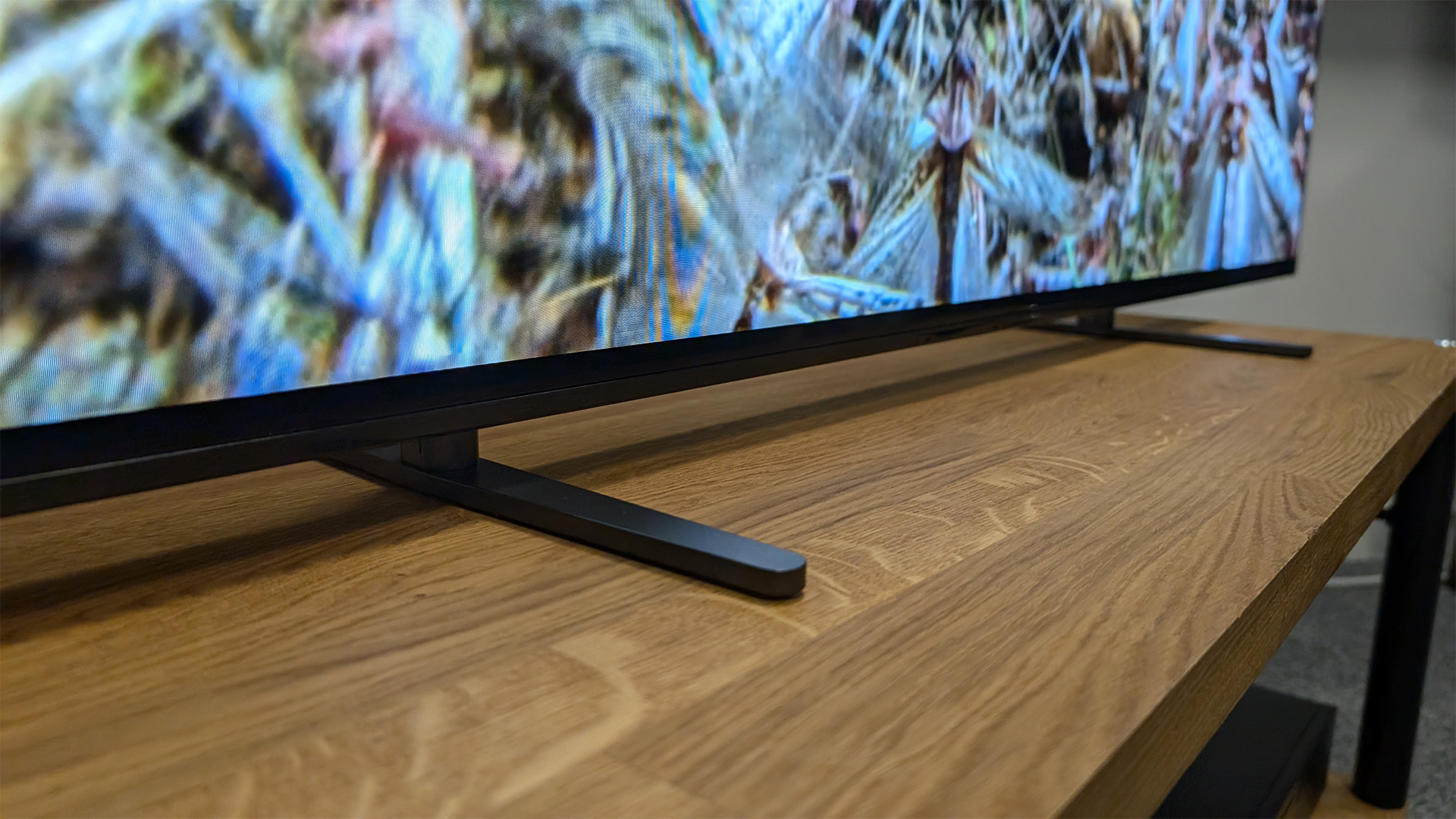
The Bravia 8 looks very similar to its predecessor, the A80L, but there are some differences.
It's flatter, and so sits flush to a wall when mounted, while its feet now have a flat top, helping to accommodate a soundbar lying across the top of them.
Its feet can be positioned closer to the middle of the TV (for placing it on a smaller TV stand) or wider to allow a larger soundbar to sit between them beneath the screen. They can also be set higher to fit in a soundbar, or lower to keep the TV closer to the surface of the TV stand.
The Bravia 9's feet are just as versatile as those of its cheaper brethren, though the TV itself is a much chunkier affair. That's hardly surprising, given that it has to fit in a backlight, whereas OLED TVs don't.
The Bravia 8's remote control handset is made of plastic and feels cheap, whereas the Bravia 9's is made from more premium metal. The Bravia 9 also comes with a slimmed-down Eco Remote, made of recycled material. This has a USB-C port for charging it up, backlit buttons, a mic for controlling Google Assistant and a speaker built in for the 'find my' feature for when it inevitably finds its way down the back of the sofa.
** Winner: Sony Bravia 9 **
Sony Bravia 8 vs Bravia 9: features
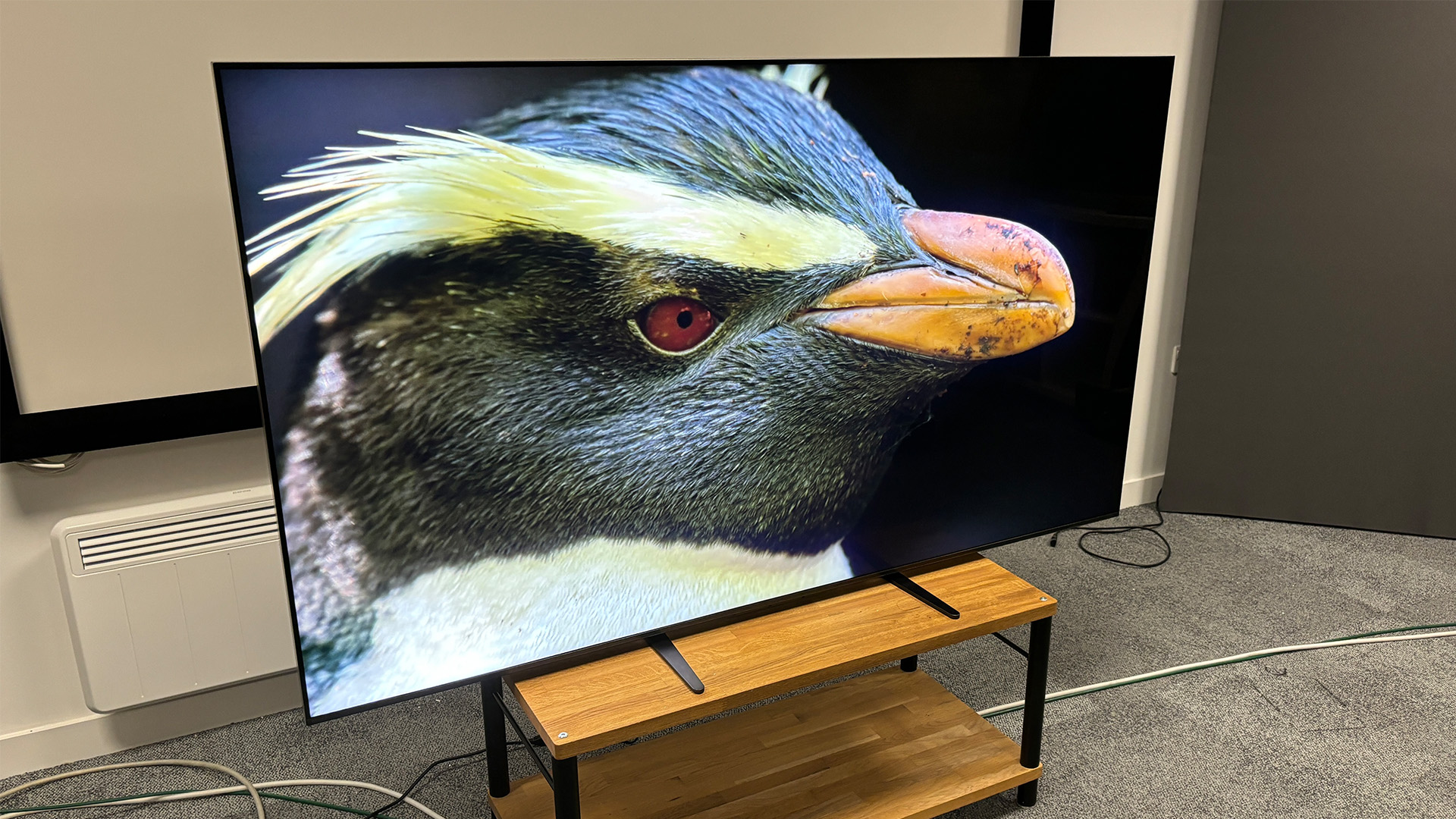
The main difference in terms of features is that the Bravia 9 features a backlight, while the Bravia 8 doesn't. OLED and Mini LED technologies both have their strengths and weaknesses (OLED gives better black levels while Mini LED goes brighter), but how well it performs is ultimately down to how the tech is implemented on a particular TV. Which we will cover in depth in the next section.
The Bravia 8's WOLED panel is brighter than the A80L's before it, and the TV is powered by the same XR processor as the Bravia 9. This brings AI into play, improving the picture processing to deliver more natural images, while also promising to improve the audio. Sony's Acoustic Surface Audio+ hardware uses actuators under the screen to 'place' sounds around the room – it comprises three actuators and two bass drivers. Dolby Atmos and DTS:X are also onboard.
Both TVs run Google TV, with all the UK terrestrial apps present and correct (not all sets running Google TV have these). They all stream in their maximum quality formats (4K/HDR) too.
They also support all the usual suspects in terms of AV formats. These include the HDR10, Dolby Vision and HLG formats of HDR (only Samsung's own HDR10+ is missing). There's also an Amazon Prime Video Calibrated mode, which optimises the TV's settings depending on the type of content it is showing (along with the older 'calibrated' modes for Netflix and Sony Pictures Core).
Gamers are well catered for with both TVs, but serious gamers might be better off with an LG model. That's because, while both the Bravia 8 and 9 have four HDMI ports, only two of these on each TV are HDMI 2.1 compatible – and one of those doubles as an eARC connection for plugging in a soundbar. So if you wanted top performance from more than one games console (alongside a soundbar), you would need to do some port switching around the back of the TV.
The HDMI 2.1 ports run at 120Hz in 4K – not the 144Hz as seen on the LG C4. But given that consoles max out at 120Hz, it will only be gaming PC enthusiasts who miss out. Both Bravia TVs support VRR and ALLM gaming features, as well as Dolby Vision Gaming.
What's surprising is how sluggish the Bravia 9 can feel at times, despite all the processing power and AI smarts. There's no issue once you are watching content, it's only when navigating the menus that it's like riding a bike through treacle.
As you can see, there's not much difference in terms of features between the two TVs. But the Bravia 9 does have a more powerful 70W 2.2.2 channel speaker system. Instead of actuators vibrating the screen (this wouldn't work with a backlit TV), Sony has surrounded the screen with speakers, including two upward-firing 10W beam tweeters built into the top edge, which help deliver Dolby Atmos height effects. See how they fare in the sound section lower down this page.
** Winner: Sony Bravia 9 **
Sony Bravia 8 vs Bravia 9: picture
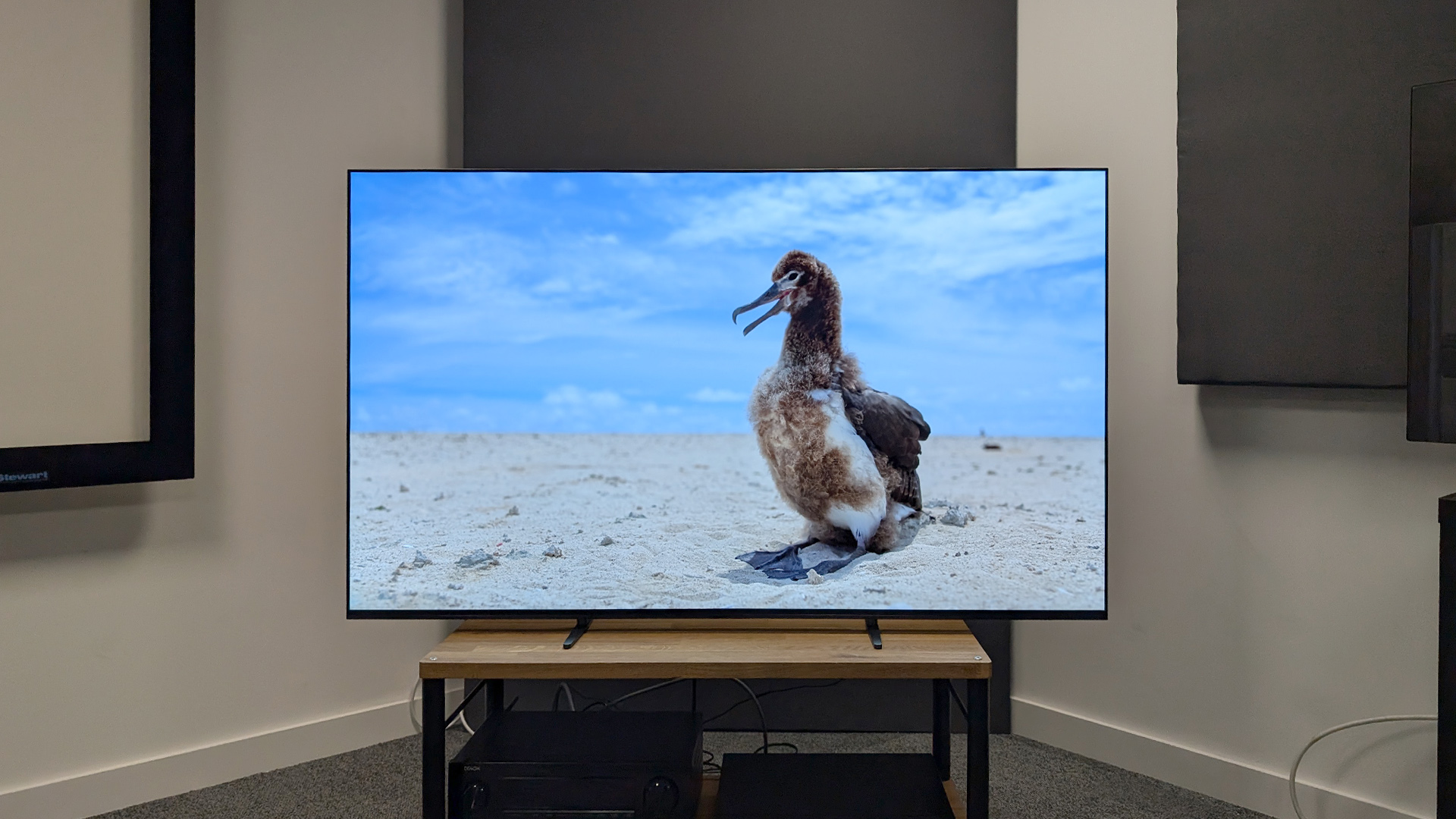
So then, from the specification sheet – and in terms of design – the Bravia 8 looks very similar to the A80L. But how does the picture quality stack up?
Once you have tweaked the settings a bit, it does very well indeed. Our preference is for the Professional mode (basically another name for Filmmaker mode) with Peak Luminance at medium and the least possible motion processing.
This results in wonderfully natural skin tones – with noticeably more levels of red in the spectrum than the A80L – butter-smooth motion handling, and plenty of dark detail. The picture has lots of depth and a lovely sense of three-dimensionality, with bags of texture to make the scene feel real.
It is slightly brighter than the A80L too, as Sony promised. But not as bright as the Bravia 9, whose backlit panel really comes into its own during a film such as Pan; here, bright highlights are exceptional, revealing detail where lesser TVs show only one solid block of colour.
The contrast is very impressive, with sharp outlines making objects stand out against the background. Its black levels aren't quite as dark as the Bravia 8's, but for a backlit TV they are very good. Skin tones also aren't quite as warm, though they do still look natural. Motion is typically excellent for a Sony set.
But there are a couple of issues. There are jumps in brightness within the local dimming feature that prove distracting. But turn local dimming off, and the picture becomes flat and lifeless. This seems like a software bug that could be fixed via a simple firmware update, but it's there all the same and worth being aware of.
It is also incredibly fussy. It feels as though, no matter how long you spend toying with the settings, you never quite get the best out of it. Each picture mode has quite significant compromises, which is not something you expect from a TV costing this much.
It's a shame, as when the Bravia 9 is good, it's really good. If Sony can fix these two problems, it would have a real five-star stunner on its hands.
** Winner: Sony Bravia 8 **
Sony Bravia 8 vs Bravia 9: sound
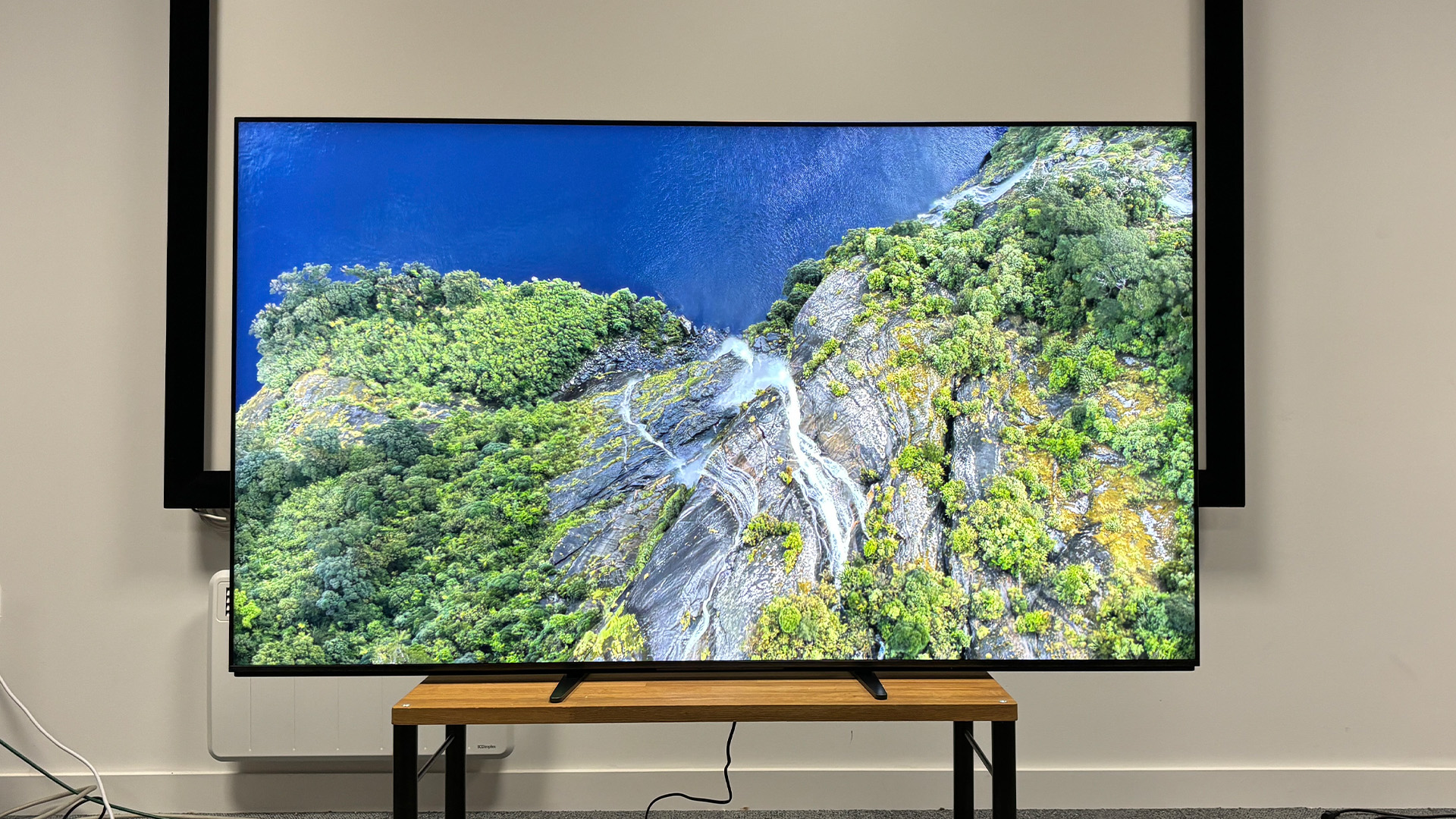
The Bravia 8 scored five out of five for sound in our review. That's largely down to Sony's consistently excellent Acoustic Surface Audio+ technology, which uses actuators to vibrate the whole screen to generate sound. It has been used for years, and is always one of the best built-in TV sound solutions.
But it's not all positive. The Bravia 8 is a little light on bass, but the upside to this is that there is no distortion. The TV remains in control at all times, never pushing itself too hard. The results are less impressive once you get north of 80 per cent volume, but you really shouldn't be watching at those levels anyway.
Films sing, thanks to the Cinema sound mode, which brings voices out from the rest of the soundtrack. Dialogue has decent projection too, and with sound effects coming from different parts of the screen, it's a more immersive experience than most TVs.
The Bravia 9 performs similarly to its predecessor, the X95L (that's a very good thing), but the new height speakers add a greater sense of space. Those in-frame tweeters make for better directionality, too.
Vocal clarity and low-level dynamics are excellent, by TV standards. It goes loud, and has a very good sense of projection. Even the Voice Zoom 3 dialogue-enhancing mode is pretty good (often they're not), bringing speech to the fore without elbowing the other sounds out of the way too much.
But, like the Bravia 8, it does play it a little safe, which means the bass is a bit underwhelming, with a lack of punch. Again, the upside is a lack of distortion.
The height channels are mighty impressive. The beam tweeters are automatically calibrated when the TV is set up, measuring the shape of the room and directing the sound towards the seating position. Then all you do is sit back and enjoy...
Though as ever, our advice remains to buy a soundbar. It will elevate even the best TVs to new levels of audio performance.
** Winner: Sony Bravia 9 **
Sony Bravia 8 vs Bravia 9: verdict
As the pricier TV, you would expect the Bravia 9 to be the more impressive. That's certainly true in the sound department, and it is definitely brighter than the Bravia 8. But the picture is marred by some annoying bugs that prevent it earning the full five stars.
Hopefully Sony will fix these via a firmware update; but until then, we have to say the Bravia 8 is the better buy, unless you are desperate for the bigger sizes, extra sound quality and brighter screen.
MORE:
Read our Sony Bravia 8 review
And the Sony Bravia 9 review
Sony Bravia 8 vs LG C4: which should you buy?
Sony Bravia 8 vs A80L: which Sony TV should you buy?
Check out the best Sony TVs







